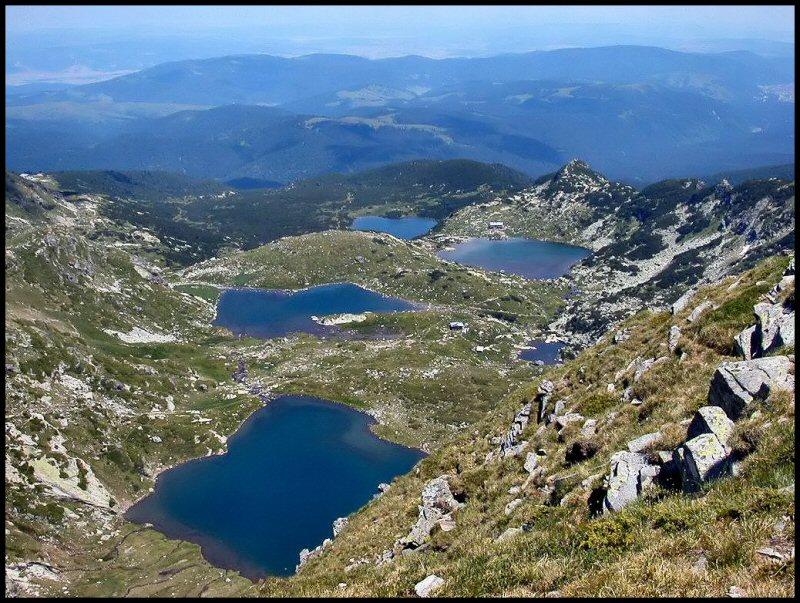Mother Nature’s gems shine bright
It’s summer and you want to go on a memorable trip. You don’t want to spend your time at some sweaty beach in Florida or an artificial resort in the Bahamas. Rather, you want to take the road less traveled and find a great out-of-the-way spot to visit. Luckily, the world is a giant playground with many scenic locales to which you can escape.
Palouse (U.S.A)
The Palouse region is a beautiful place to go, and you don’t even need a passport. This vast agricultural region is located in northern Idaho, southeast Washington state and northwest Oregon. The Palouse is famed for its scenic rolling green hills, where wheat and legumes are grown. The Palouse grasslands is home to a few important cities, such as Pullman, Washington, and Moscow, Idaho.
Los Glaciares National Park (Argentina)
Thousands of miles south of the Palouse is Los Glaciares National Park, in the Santa Cruz Province of Argentina. At 2,806 square miles in area, Los Glaciares is the second largest national park in Argentina. As the name suggests, the park contains many glaciers which are fed by an ice cap in the Andes Mountains. Lake Argentino, the largest lake in Argentina, as well as Lake Viedma, are found in Los Glaciares. In 1980, Los Glaciares National Park was named a World Heritage Site by UNESCO.
Lake Ohrid (Macedonia, Albania)
Most people couldn’t find Albania and Macedonia on a map, but while these two small southeastern European countries lack recognition, they are well endowed by nature. Located in the Balkan Mountains, Albania and Macedonia have a rugged but gorgeous mountain landscape. Nestled in the mountains between Macedonia and Albania is Lake Ohrid. Lake Ohrid is the deepest lake in the Balkans, but also one of the oldest and deepest lakes in all of Europe. The town of Pogradec is on the Albanian side, and Struga and Ohrid are on the Macedonian side of the lake. Lake Ohrid was declared a UNESCO World Heritage Site in 1979.
Seven Rila Lakes (Bulgaria)
In the Rila Mountains of Bulgaria, the Seven Rila Lakes glisten in the sun. The seven glacial lakes are named the Tear, the Eye, the Kidney, the Twin, the Trefoil, the Fish Lake, and the Lower Lake after their characteristic features. The lakes are the most visited group of lakes in all of Bulgaria, and they are just over 60 miles from the Bulgarian capital of Sofia. Not too far from the lakes is the famous Monastery of St. Ivan of Rila, commonly known as the Rila Monastery.
Lake Baikal (Russia)
In the far eastern reaches of Siberia, Lake Baikal rests like a giant blue sapphire. Lake Baikal is situated between the Buryat Republic and Irkutsk Oblast regions of Russia. By surface area, Baikal is the seventh-largest lake in the world, but it contains more water than all the Great Lakes combined. It is the deepest lake on earth, and is also believed to be the oldest. Of the thousands of species of plants and animals that live at the lake, more than half cannot be found anywhere else in the world. The city of Irkutsk is also only about 40 miles from the lake. Lake Baikal was declared a UNESCO World Heritage Site in 1996.
The world has many fine gems, from Siberia to Idaho and everywhere in-between. Some may require a little more searching than others, but they will certainly be well worth it.

This is my second year writing for The Purple Quill. As a junior, I was the News Editor and I am currently Co-Editor of the print edition of the Quill....

















